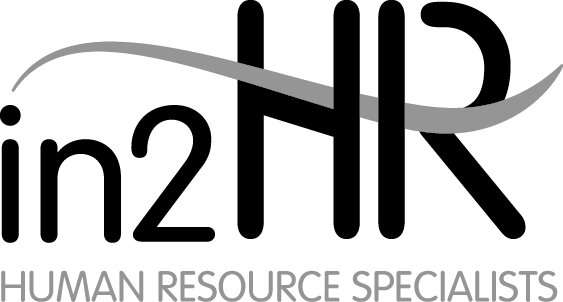How to have a challenging conversation
Following our last post with tips for an effective performance review, Managers should also be prepared to have challenging conversations as part of follow up to a performance review (sometimes referred to as difficult or even courageous conversations). Here are some suggestions to help you through:
Don’t avoid it
Sometimes it feels like it would be easier just to leave it rather than deal with the fallout out, but the reality is unchecked poor performance has a much wider sphere of influence than just you and the employee- it effects everything from team dynamics and morale right through to the productivity and profitability of the business.
Plan the conversation
Think about how you will open it and the points you want to make (make sure you’ve done your homework to back up your statements with facts!)
Stick to the facts
Keep to what has been documented and avoid any emotional responses or outbursts. Use concise, clear language and explain your thoughts and ideas- vague language or ideas can lead to frustration and be upsetting.
Be respectful
You’d be surprised by how many people don’t realise how often their body language speaks louder that the words they are saying (or not saying). By not giving the person in front of you your full attention, you send strong signals that you don’t value what it is they have to say or that your time is more important than theirs, and while you may feel that is the case, it is never a good idea to give that impression.
Put time aside to stop what you are doing and use actively listening techniques like eye contact, nodding and paraphrasing back to the employee, and it will also ensure you fully understand what they are wanting to say.
Perception
Understand that not everyone sees a situation the same way. Try and see it from another perspective even if you don’t necessarily agree with it. Sometimes our own values and judgements can have us jumping to conclusions without realising it.
Make it a two-way conversation
One-way conversations are typically directive and are better left to the army. A two-way conversation that actively seeks input from the employee may take a bit longer to prepare for and conduct but the outcomes of shared learning, engagement and trust are far greater and more beneficial.
Know what to do when it isn’t working
Have some questions or statements up your sleeve to bring the focus back to the core issues if the conversations starts going of track, such as pausing to check how you are both feeling; asking values-based questions to encourage more conversation and to identify root cause, or de-escalating if required by returning the objectives.
Agree the way forward
Agree on action points and a date/ time when you will review them together.

